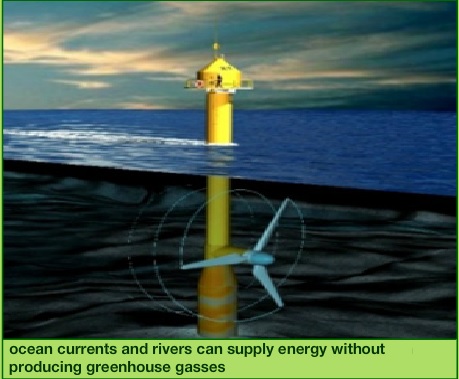
The availability of energy from solar, photovoltaic (PV), wind, waves, bio-mass, and trash conversion is very exciting, yet it is important to approach your energy decisions practically. Investing in radiant floors will be of little value if your heat radiates out through the ceiling. It is paramount that you first maximize the energy efficiency of your dwelling in order to realize the full value of new energy sources best suited to your needs.
Here are a few ways to reduce your heating usage and electric consumption:
Simple Lighting Retrofits
• Replace your On/Off switches with dimmer switches.
• Replace your incandescent lighting with halogen lighting on a dimmer switch. Halogen, although less efficient than compact fluorescent lights, can be dimmed, are more efficient than incandescent, and will last thousands of hours longer. Halogen lighting provides a stronger light so the wattage can be reduced, comparing favorably with compact fluorescent lighting. There are halogen bulbs available with a screw in base that matches an incandescent base.
• Utilize and replace halogen and incandescent lighting with LED lighting. LED lighting differs from incandescent and compact fluorescent lighting in several ways. When designed well, LED lighting can be more efficient, durable, versatile and longer lasting. LED lighting products use light emitting diodes to produce light very efficiently. An electrical current passes through semiconductor material, which illuminates the tiny light sources we call LEDs. The heat produced is absorbed into a heat sink. LEDs are now being incorporated into bulbs and fixtures for general lighting applications. LEDs are small and provide unique design opportunities. Some LED bulb solutions may look like familiar light bulbs and some may not, but can better match the performance of traditional light bulbs. Some LED light fixtures may have LEDs built–in as a permanent light source. LED bulbs that have earned the ENERGY STAR are subject to very specific requirements designed to replicate the experience you are used to with a standard A-type bulb, so they can be used for a wide variety of applications.
Insulation and Air Sealants
• Super insulate the building shell, which will make your house warmer in the winter and cooler in the summer, requiring a smaller HVAC system, while increasing the value of your home. The cost of fossil fuels will continue to increase. If you want to sell your home in the future and it offers buyers the benefit of significant energy savings compared to others in the market, it will be much more desirable and valuable. See Building Techniques to learn about some of the strategies for better insulating your living space.
Appliance Replacements
• Replace your refrigerator, air-conditioner, and washer and dryer with Energy Star-rated appliances. In time, the energy savings will cover the cost of the upgrade. When your hot water tank needs replacing, consider replacing it with a tankless hot water heater. You can learn much more about new energy savings by clicking on Products or Building Techniques.
Energy Efficient Windows
• Replace single pane glass windows with double or triple-pane glass windows. Due to rising energy costs, single-pane windows are just about obsolete. Most windows are now built with double or triple-pane, insulated glass. Insulated glass is essentially a “sandwich” of two pieces of glass separated by a spacer bar, and sealed on all four sides to create a dead airspace between the two panes. Triple-pane glass is manufactured much like double-pane, but with an additional airspace. Triple-pane with low E and argon or krypton gas can be extremely effective at reducing a building’s heating and cooling costs. It can also lead to a more comfortable indoor environment as it raises the temperature of a room’s coldest surfaces during winter months. Check out our Building Products link to learn more about low E windows.
More Responsible Usage Patterns
• These are the easiest measures to implement. Turn off the lights when you leave the room. Put on a sweater and keep the heat down. Close the damper and/or seal the fireplace flue to be certain that heat does not escape through the chimney. Some of these energy saving techniques will require an investment. Low interest loans are available for energy saving investments. With financing, actual out-of-pocket costs can be offset by energy savings.